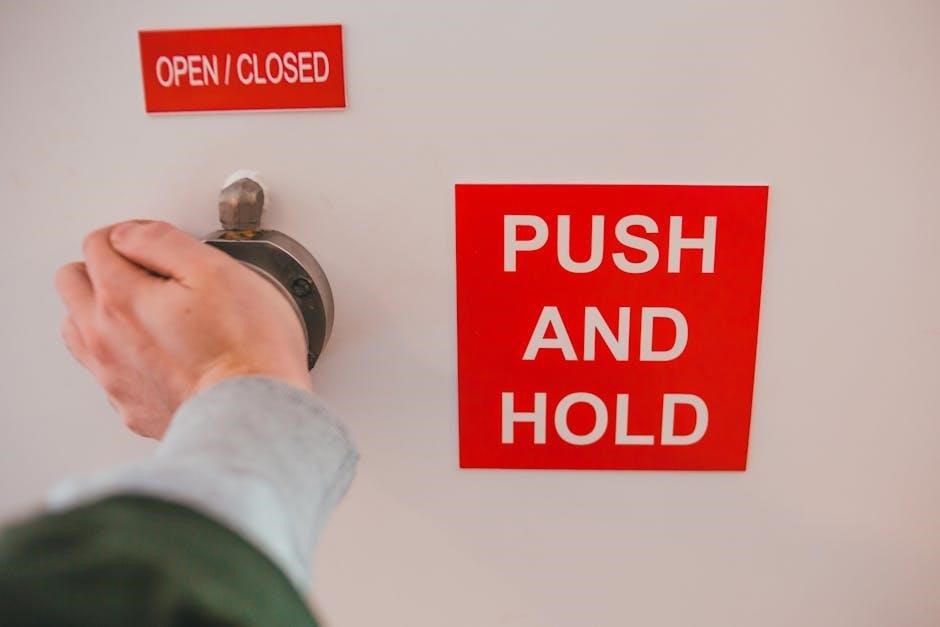Proper door closer adjustment is crucial for smooth operation and safety, using
specific
instructions to achieve optimal results easily always.
Importance of Proper Adjustment
Proper adjustment of a door closer is essential for ensuring the smooth operation of doors in various settings, including commercial and industrial environments. A door closer that is not adjusted correctly can lead to a range of problems, including doors that slam or fail to latch properly. This can result in damage to the door and frame, as well as posing a risk to users. Proper adjustment can help to prevent these issues and ensure that doors close safely and efficiently. By following the correct adjustment procedures, individuals can help to extend the lifespan of their doors and door closers, reducing the need for costly repairs and replacements. Additionally, proper adjustment can also help to improve accessibility and convenience, making it easier for users to enter and exit buildings. Overall, the importance of proper adjustment cannot be overstated, and it is crucial that individuals take the time to get it right. Using the right instructions is key to achieving optimal results.
Common Issues with Door Closers
Door closers can experience a range of common issues, including problems with the arm installation, warped doors, and doors that must swing uphill to close. These issues can prevent the door closer from functioning correctly, leading to problems with the door closing and latching properly. In some cases, the door closer may stop closing the door before it is fully closed, or it may spring back when manually shut. These issues can be frustrating and may require repair or replacement of the door or door closer. Understanding the common issues that can affect door closers is essential for troubleshooting and resolving problems quickly and efficiently. By being aware of these potential issues, individuals can take steps to prevent them from occurring and ensure that their doors and door closers continue to function smoothly. Regular maintenance and inspection can also help to identify and address problems before they become major issues. Proper installation is also crucial to prevent issues.
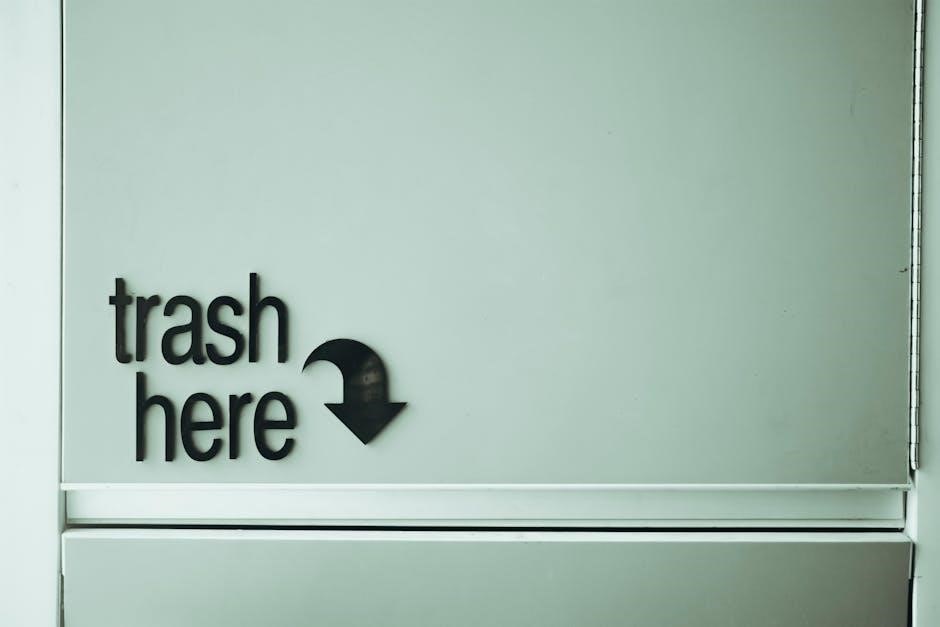
Understanding Door Closer Components
Key components include valves and hydraulic fluid, controlling door speed and operation easily always using specific instructions and guidelines provided.
Valve Adjustments on LCN Door Closers
Valve adjustments on LCN door closers are crucial for optimal performance, and there are typically up to four valve adjustments available. These adjustments control the speed and operation of the door, allowing for fine-tuning to meet specific needs. The valves work in conjunction with the hydraulic fluid to regulate the door’s movement, and proper adjustment is essential for smooth and safe operation. By experimenting with the valve adjustments, users can find the right setting for their door, taking into account factors such as traffic volume and door size. Some LCN door closers may include diagrams or instructions to help guide the adjustment process, making it easier to achieve the desired results. With the right valve adjustments, LCN door closers can provide reliable and efficient operation, improving the overall functionality and safety of the door. Proper adjustment can also help to extend the lifespan of the door closer.
Hydraulic Fluid and Speed Control
Hydraulic fluid plays a vital role in the operation of door closers, and its flow is controlled by a series of valves that regulate the speed of the door. As the spring pushes the door closed, the hydraulic fluid passes through these valves, allowing for precise control over the door’s movement. The speed control mechanism is designed to slow down the door as it approaches the closed position, ensuring a smooth and quiet operation. The hydraulic fluid is typically contained within the door closer, and its level and condition can affect the performance of the device. Regular maintenance, such as checking the fluid level and replacing it as needed, can help to ensure optimal performance and extend the lifespan of the door closer. By understanding how the hydraulic fluid and speed control mechanism work together, users can better appreciate the importance of proper door closer adjustment and maintenance. This knowledge can also help to troubleshoot common issues and improve the overall functionality of the door.
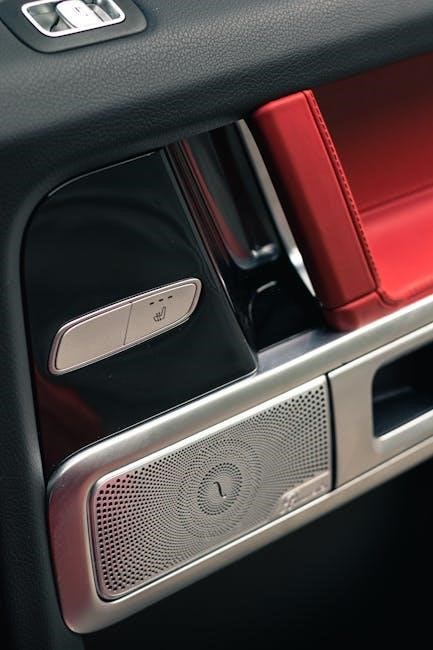
Adjusting Door Closer Settings
Proper adjustment requires careful consideration of various factors using
specialized
tools and techniques always available online.
LCN Closer Adjustment 1: Backcheck
The backcheck feature on an LCN door closer is designed to prevent the door from opening too widely, which can cause damage to the door or surrounding structure. This adjustment is typically made by turning a valve or screw to set the desired backcheck point. Proper adjustment of the backcheck feature is important to ensure smooth operation and prevent damage. The backcheck feature can be adjusted to different settings, depending on the specific needs of the door and surrounding environment. It is generally recommended to consult the manufacturer’s instructions or a professional for assistance with adjusting the backcheck feature. By making this adjustment, users can help ensure that their door closer is functioning properly and providing the desired level of protection and functionality. Adjusting the backcheck feature is a relatively simple process that can be completed with basic tools and a bit of patience, and is an important part of overall door closer maintenance and upkeep, using specialized tools and techniques always available online to achieve optimal results easily always, and following proper safety procedures to avoid injury or damage.
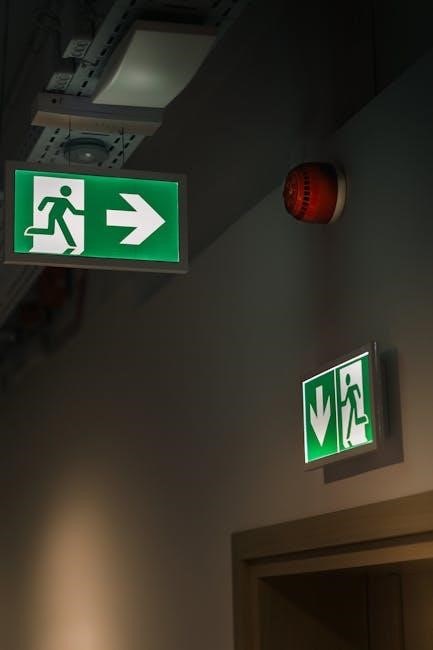
LCN Closer Adjustment 2: Sweep Speed
The sweep speed adjustment on an LCN door closer controls the speed at which the door closes from its fully open position to the point where the backcheck feature takes over. This adjustment is typically made by turning a valve or screw to set the desired sweep speed. Proper adjustment of the sweep speed is important to ensure smooth operation and prevent damage. The sweep speed can be adjusted to different settings, depending on the specific needs of the door and surrounding environment. A faster sweep speed may be desired in high-traffic areas, while a slower speed may be preferred in areas where accessibility is a concern. By adjusting the sweep speed, users can help ensure that their door closer is functioning properly and providing the desired level of functionality and safety, and is an important part of overall door closer maintenance and upkeep, using online resources and following proper safety procedures to achieve optimal results always, with careful consideration and attention to detail.
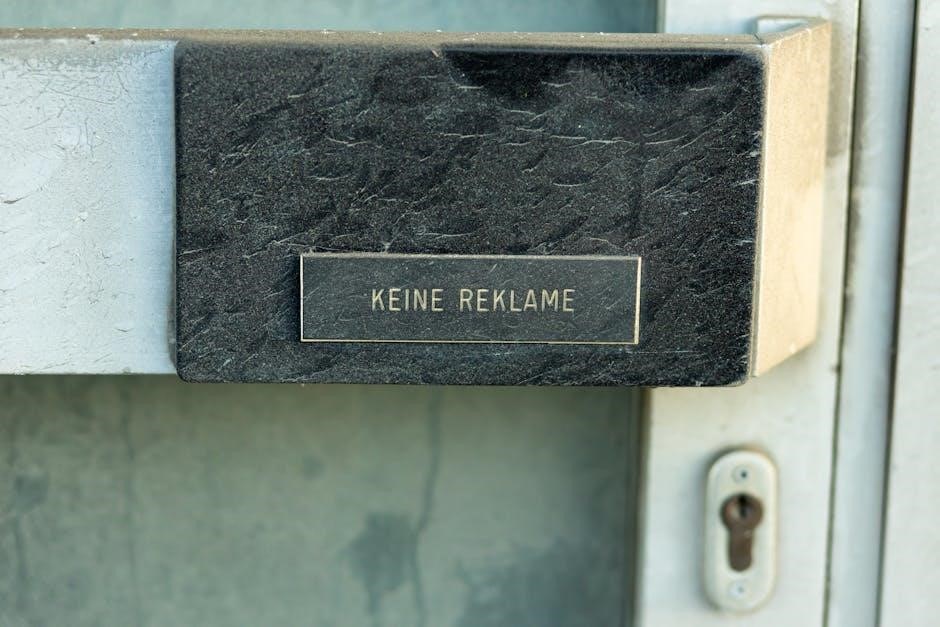
Troubleshooting Common Problems
Identify and resolve issues using
troubleshooting
techniques and online resources always easily.
Doors that Slam or Don’t Latch Properly
Doors that slam or don’t latch properly can be a significant problem, causing damage to the door and frame, and potentially leading to safety issues. This can be due to incorrect door closer adjustment, with the sweep speed or latch speed set too high. To resolve this issue, it is essential to adjust the door closer settings, taking into account the size and weight of the door, as well as the traffic flow. By adjusting the valve settings, the speed of the door can be controlled, preventing it from slamming shut. Additionally, checking the door alignment and ensuring that the door is properly hung can also help to resolve the issue. Using online resources and troubleshooting techniques can also provide guidance on how to adjust the door closer to achieve optimal performance. Proper adjustment can improve functionality and safety, and prevent damage to the door and frame.
Determining When to Replace a Door Closer
Determining when to replace a door closer is crucial to maintaining the functionality and safety of a door. A door closer that is no longer functioning correctly can cause damage to the door and frame, and may also pose a safety risk. Signs that a door closer may need to be replaced include excessive wear and tear, corrosion, or damage to the closer’s components. Additionally, if the door closer is no longer able to control the door’s movement, or if it is causing the door to slam or not latch properly, it may be time to consider replacement. Using a door closer that is past its lifespan can lead to more severe problems, such as door or frame damage, or even injury. By recognizing the signs of a failing door closer, you can take steps to replace it and ensure the continued safe and efficient operation of your door. Regular maintenance and inspection can also help to extend the life of a door closer.
